
What Are Over-the-counter (OTC) drugs?
OTC or over-the-counter drugs are certain types ofmedications which can be sold to a customer without a prescription written froma healthcare provider. All different types of prescription drugs can only bebought in pharmacies with a valid prescription from a healthcare professional.Different countries around the world have various regulatory agencies which areresponsible for the selection of OTC drugs according to the safety andeffectiveness of the ingredients used in the production of those drugs. Theselection takes the active pharmaceutical ingredients of each drug intoconsideration before declaring it as a valid OTC drug. The regulation of theseingredients is beneficial because the manufacturers are given enough freedomwhen it comes to mixing and combining different types of ingredients. There arecertain types of over the counter drugs which may be legally available butstill require an assessment of the patients by a pharmacy employee prior to thepurchase. There are also a large number of over the counter drugs which areavailable in gas stations, supermarkets and general stores. The regulationswhich deal with the authorization of the dispensing of the drugs, the establishmentswhich may sell the drugs and whether there is a need for prescription may varygreatly in different countries.
Regulation by Country
In the United States, the FDA regulates the sale and themanufacture of all different types of over the counter drugs. An act releasedby the FDA required all new types of drugs to obtain a New Drug Application,but since there were a large number of OTC drugs already on the market, theyhad to create the OTC monograph system which would review and categorize allOTC drugs as GRAS/E. GRAS/E stands for generally recognized as safe and effective.These reviews allowed certain OTC drugs to remain on the market only if theyconformed to certain guidelines presented by the monograph system. Theseguidelines effectively addressed the warnings, labeling and doses for eachmedicament. The outcome of all that is that each OTC drug available on themarket of the United States had to conform to the New Drug Application norm, orthe norm presented by the monograph system. The most commonly used OTCmedications in the United States include anti-dandruff shampoos with coal tar,different topical products with a certain therapeutic effect, eczema topicaltreatments, psoriasis topical treatments, Aspirin, lidocaine, other types ofinternal and external analgesics, anti fungal products, anti microbial productsand sunscreens. The advertising of all different types of over the counterproducts in the United States is regulated by the Federal Trade Comission.Various restricted over the counter substances need to be mentioned as well.They have a status of an over the counter product but are also associated with certainrestrictions on sale. The most common types of restricted over the countersubstances are certain products which contain pseudoephedrine. The same can besaid for certain types of emergency contraception. These drugs require aprescription for all women younger than 17. The third most common group ofrestricted over the counter substances are certain Schedule V controlledsubstances. In the United Kingdom the situation is completely different asthere are three main categories for all sorts of medications, and those areprescription only medications or POMs, pharmacy only medications and generalsales list or GSL medications. Prescription only medications, as the namesuggests, can only be purchased with a prescription from a professionalhealthcare provider. There are a large number of medications which fit intothis category. Pharmacy only medications are the ones which require certaininstructions issued by a health pharmacist and further checkups from thepharmacist. General sales list is simple to the list of American over thecounter drugs.
Statistical Data
Retail sales of OTC medicines in the United States each yearexceed 17 billion dollars. They account for more than 60 percent of allmedications used in the United States, while the consumers use them to selftreat health problems four times more than prescribed medications. Almost 95percent of all illnesses are treated simply by using over the countermedications. The medical conditions which are most commonly treated by usingvarious different types of over the counter medicaments include sinus problems,allergy problems, heartburn, skin problems, sore throat, flu, common cold,cough and headaches.
Switches between Prescription and OTC
All different types of over the counter drugs need to beused only for the treatment of certain medical conditions which do not requireany supervision from a professional healthcare provider. They also need to begenuinely safe and tolerable. There is a general rule than certain type ofprescription drugs can be switched to another class of over the counter drugsonce they get proven as appropriate and safe enough over the years. A certaintype of antihistamine called Diphenhydramine is one of the most common examplesof such switches.




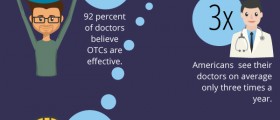
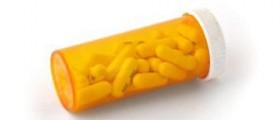
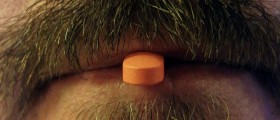
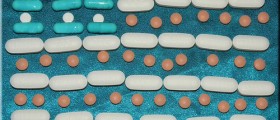


,-Or-Ibuprofen-Which-Over-The-Counter-Painkiller-Should-You-Choose_f_280x120.jpg)



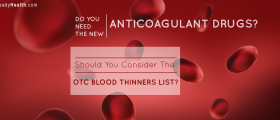
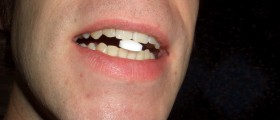

Your thoughts on this
Loading...